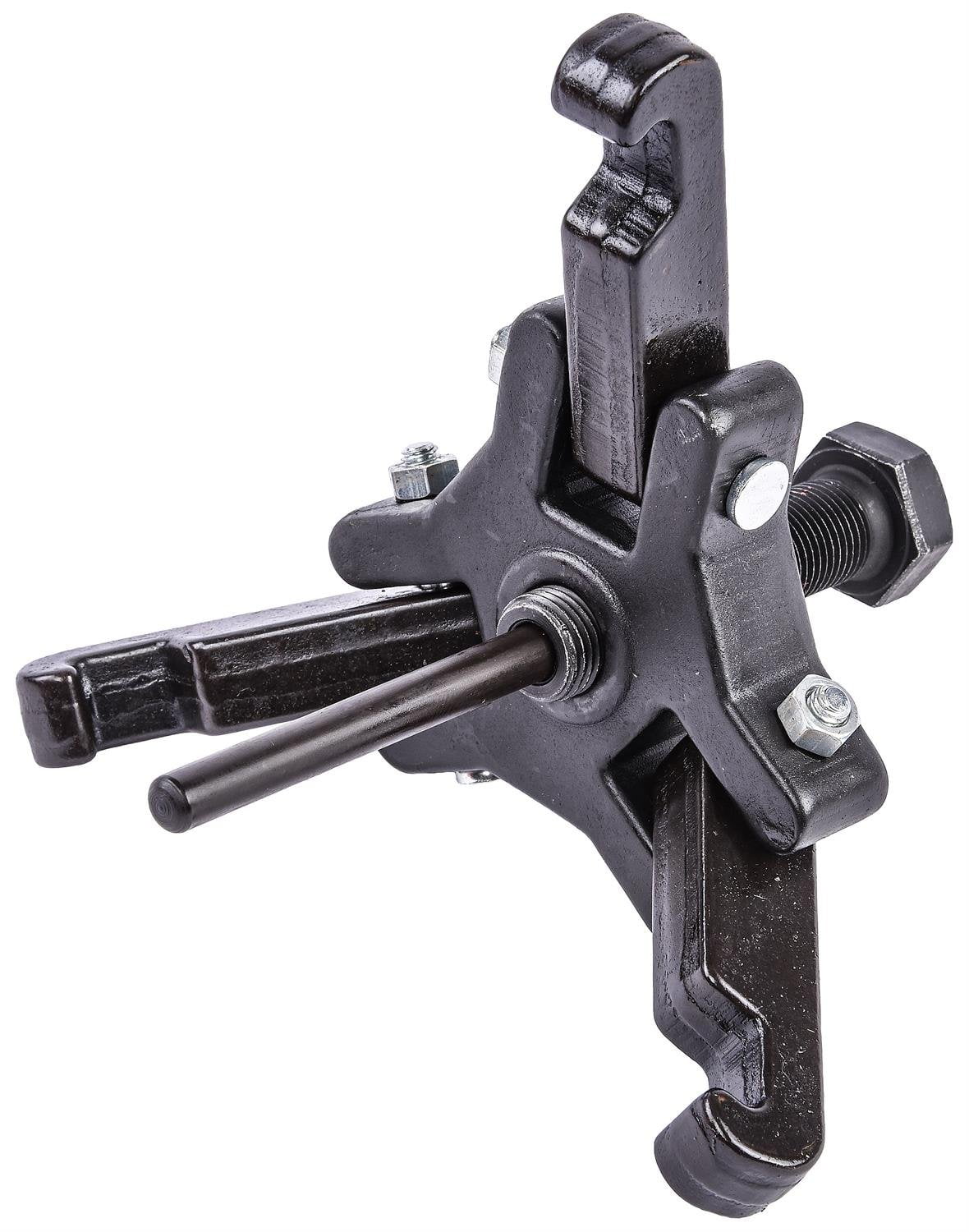

The harmonic balancer SBC options include different sizes, as well. Most harmonic balancer options we list, if they’re an externally balanced harmonic damper, will come with the required weight to mate them to the properly weighted flywheel or flexplate. Speaking of which, Ford small block engines can share the same harmonic balancer, and with different weights available, can be used with either 28- or 50-oz flywheel and flexplate options.

However, you can’t take a harmonic balancer SBC example and fit it to a Ford small block.


Within engine families, yes, a harmonic balancer SBC application will fit a wide range of Chevy small block engines.
#Harmonic balancer series#
An SFI harmonic balancer is needed if running 10.99 or quicker in the quarter mile for drag racing and is often required in other sanctioned racing series as well. The Rattler is unique in its ability to absorb energy, rather than convert it to heat. TCI's Rattler line is constructed in a similar way, except without the fluid. Plus, all moving parts are fully self-contained in the SFI balancer, allowing it to meet SFI 18.1 safety ratings for extreme racing conditions. Due to its greater ability to manage heat (remember: a damper converts vibration energy into heat), a fluid balancer is more effective across a wider operating range. When that happens, a vibration is usually the first sign of an issue with your harmonic damper, and you will need to replace the harmonic balancer.įluid dampers are a type of SFI harmonic balancer that use a flywheel suspended within a specialized fluid to dissipate harmful vibrations. In some cases, oil leaks or exposure to various fluids or chemicals can cause the rubber to break down and over time, become separated. All three pieces are bonded together and pressed or bolted to the snout of the crankshaft. Most factory harmonic damper designs consist of a hub, then an elastomer or rubber material, and an outer ring. Most factory harmonic balancer designs are made of two circular pieces of steel bonded together by a rubber or elastomer material. Yes, a harmonic balancer or harmonic damper can go bad and cause a vibration. Can A Bad Harmonic Balancer Cause Vibration? That will help decide which harmonic balancer you will need. However, if working with an engine builder, the way they put together a rotating assembly will decide the avenue you go down as to whether you choose an internally balanced or externally balanced combination. What you need to do is if you have a factory-built engine, figure out if it’s internally balanced or externally balanced, and go from there. Mopar engines are the same way in that some are internally balanced, and others are externally balanced. Knowing if your engine is internally or externally balanced will play a big role in whatever harmonic balancer you choose. A harmonic balancer Ford 302 and 351 Windsor application will be an external balance, but the Ford modular engine is an internal balance, as is the Chevy LS family of engines. A harmonic balancer 454 application will be an external balance, as will a small block 400. To make sure you have the right harmonic balancer SBC application, 305 and 350 engines with a 2-piece rear main seal feature an internal balance, but a harmonic balancer Chevy 350 application for a 1-piece rear main seal can be either internally or externally balanced. A harmonic balancer Chevy 350 application can be either internally or externally balanced. Knowing which harmonic balancer to get depends on the engine you plan to have under the hood.Ī harmonic balancer Ford 302 application is matched to the engine’s flexplate or flywheel to keep vibration at bay, while other engine combinations are internally balanced and have no need for an external balance harmonic balancer. Controlling engine vibration goes a long way in ensuring your engine bearings will last long after the break-in period. With an engine’s pistons, rods and crankshaft slinging in every direction, the harmonic balancer is tasked with absorbing the torsional forces from the rotating assembly. Even if the engine’s rotating assembly is internally balanced, the job of a harmonic balancer is still to absorb vibration. A harmonic balancer or harmonic damper is designed to improve engine dynamics by absorbing any vibration due to the crankshaft’s rotational forces. In a nutshell, a harmonic balancer keeps an engine from vibrating itself into a million pieces by converting the engine's vibrations into heat, which is transferred to various parts of the harmonic balancer that is attached to the front of the crankshaft.


 0 kommentar(er)
0 kommentar(er)
